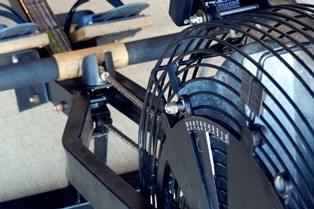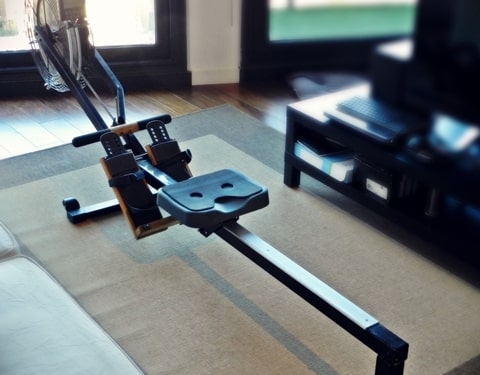Concept2 invests profoundly in assisting its clients from Model E to Model A. This implies the manufacturer keeps on selling save parts for more established models to refurbish them.
The main purpose of Concept2 is to advance and energize the rowing industry development. Frequently, repaired indoor rowers permit clients who would prefer not to purchase new equipment to use the refurbished ones.
Here is the deal:
Using persistence, some cash, and detailed guidance, Tristan Armesto restored a neglected Model B into a gleaming dashing machine.
He accepts this is an unquestionable requirement nowadays:
Rather than the ordinary act of discarding items that don’t work any longer and supplanting with new things. Tristan’s special lifestyle drove him to arrange this assignment.
Concept 2 rower refurbishing process
Tristan discovered this specific Model B during the club’s fall tidy up.
It was in a bad way, covered up under a heap of unused hardware in the uttermost and most hidden corner of the boat storage. It was a genuine contender for the dumpster.
However, when he found that all the pieces were still present, he inquired the following. He asked to take the machine home and attempt to fix it for his very own utilization. His colleagues did not believe him, since it truly was a heap of rusted garbage.

As Tristan clarifies, the Model B has a restoration plan:
It didn’t take long to collect the parts once they showed up.
















Discussion about this post